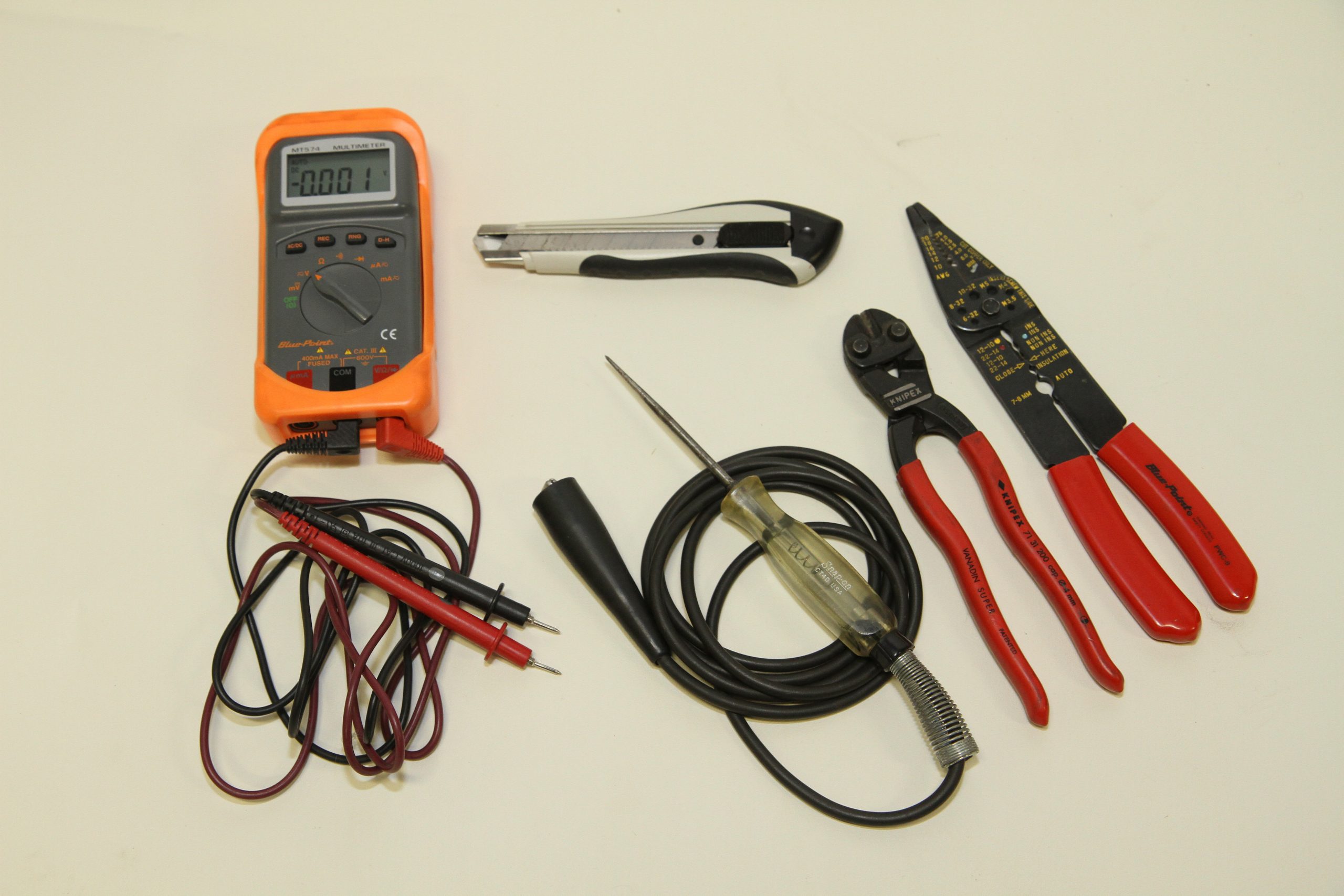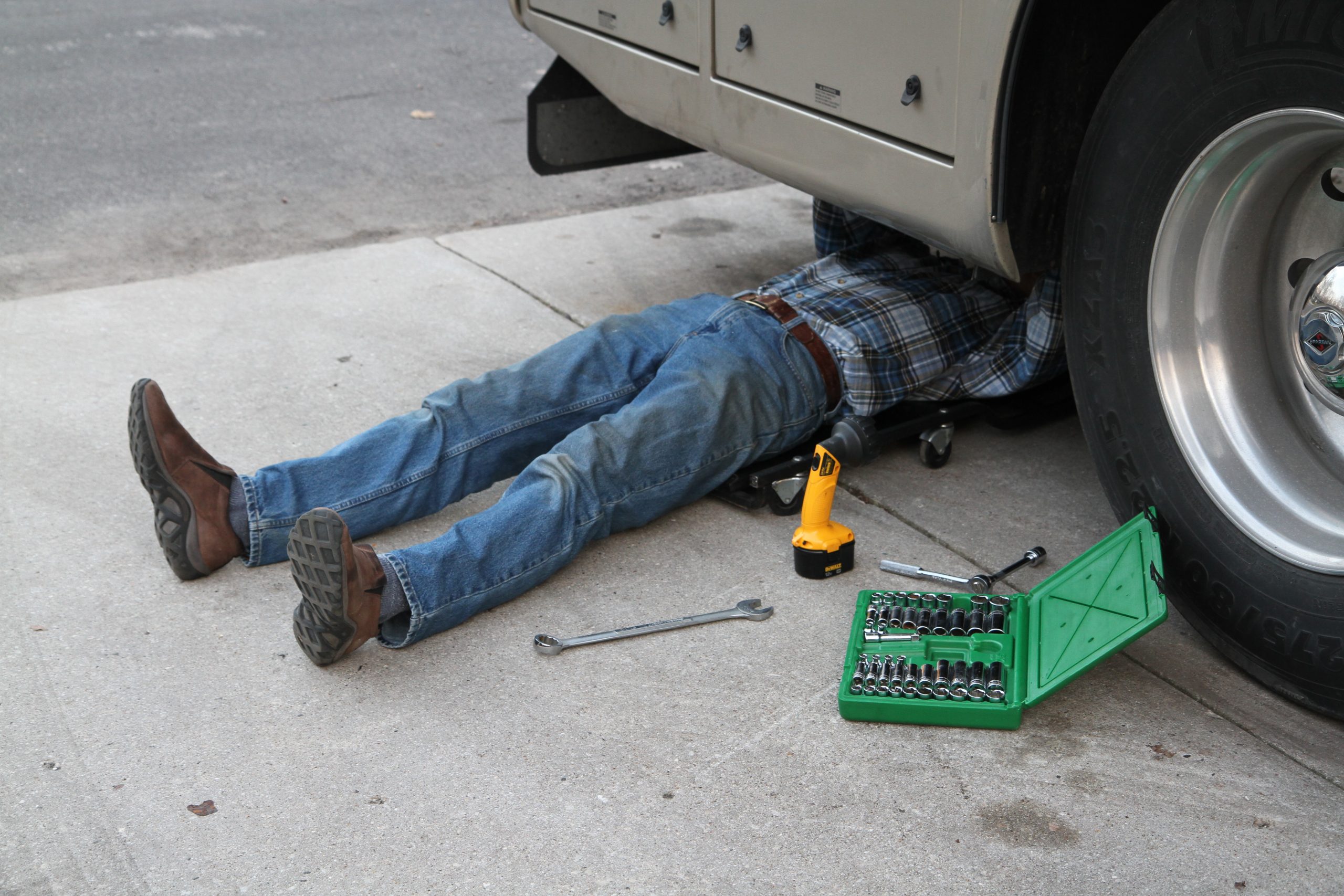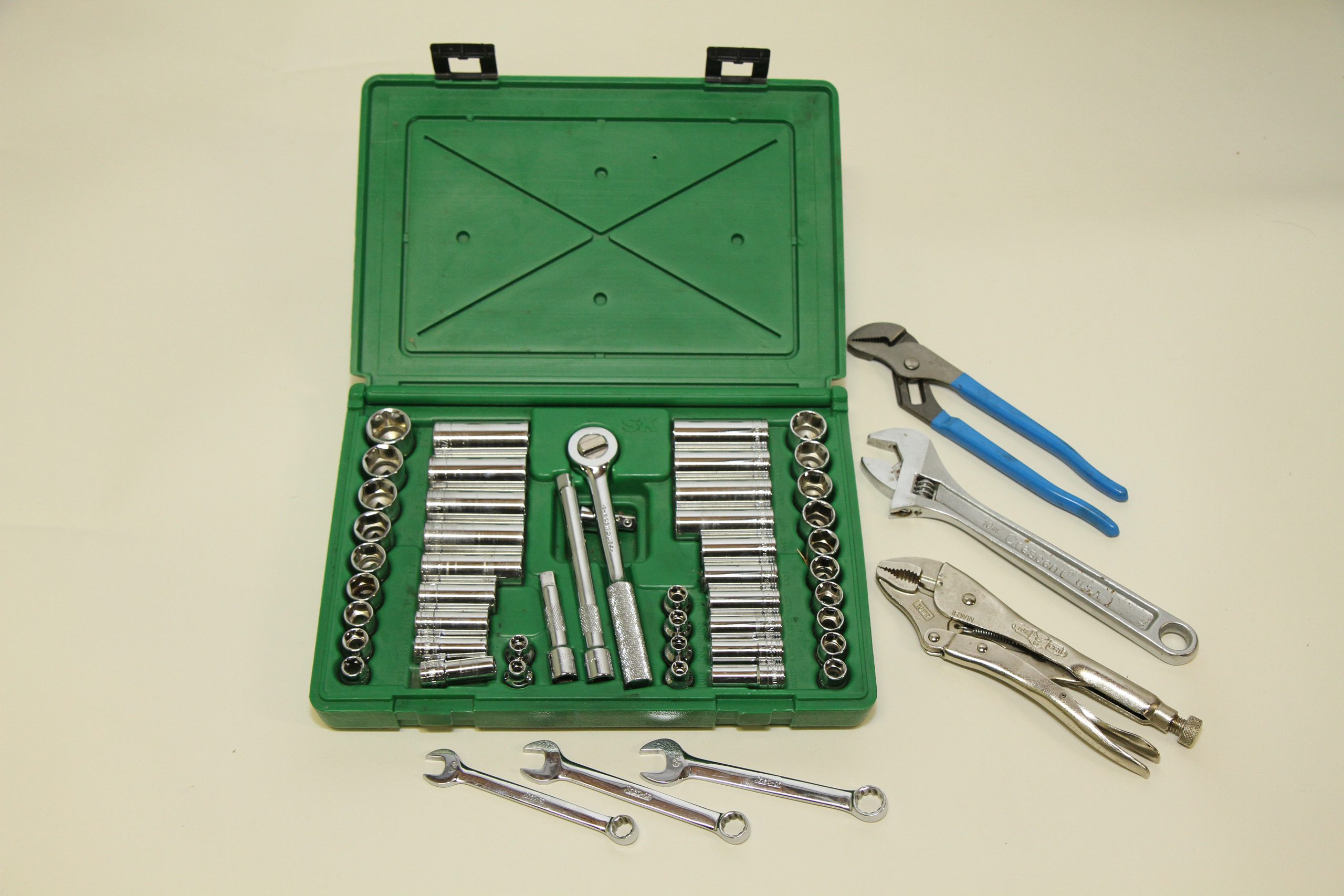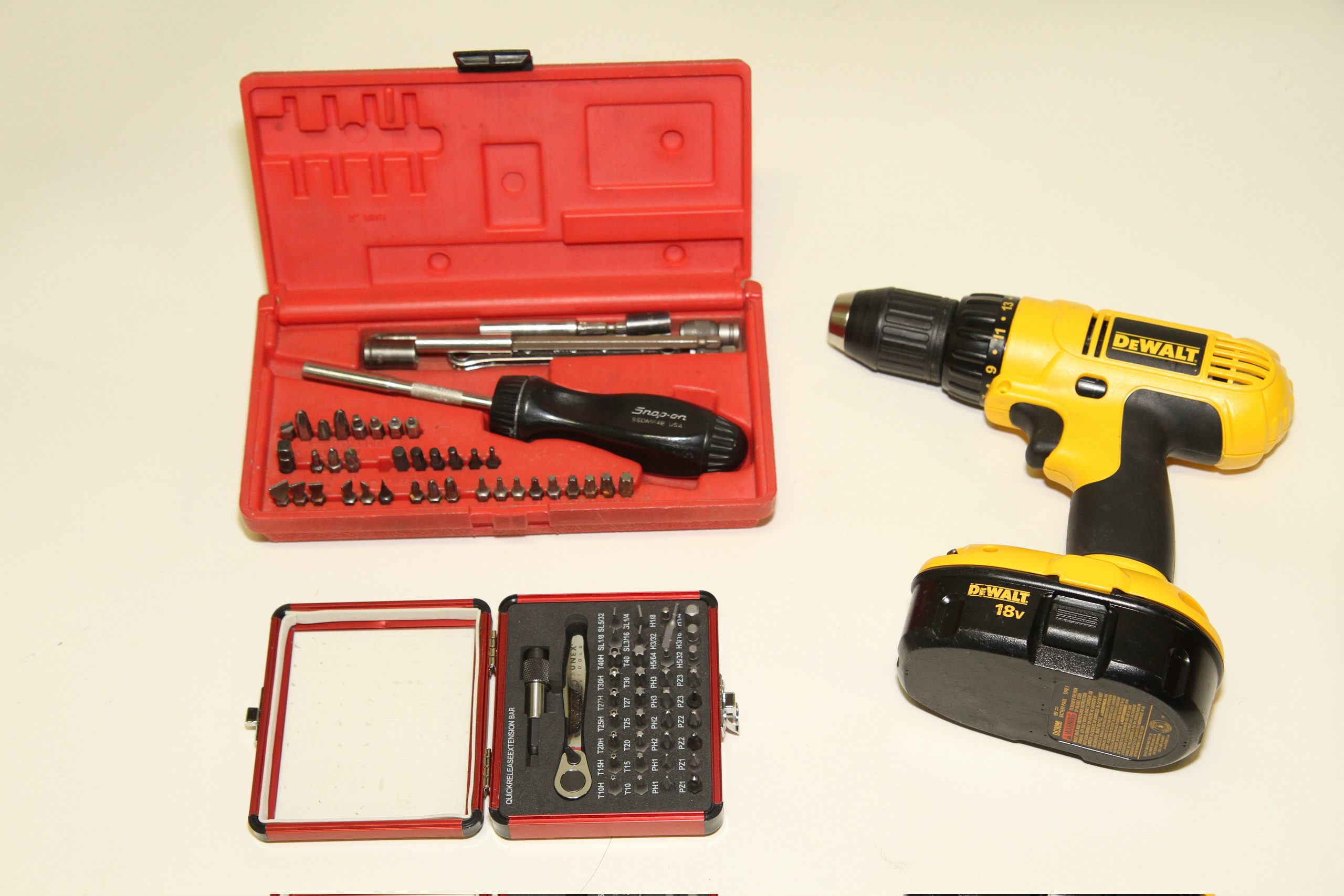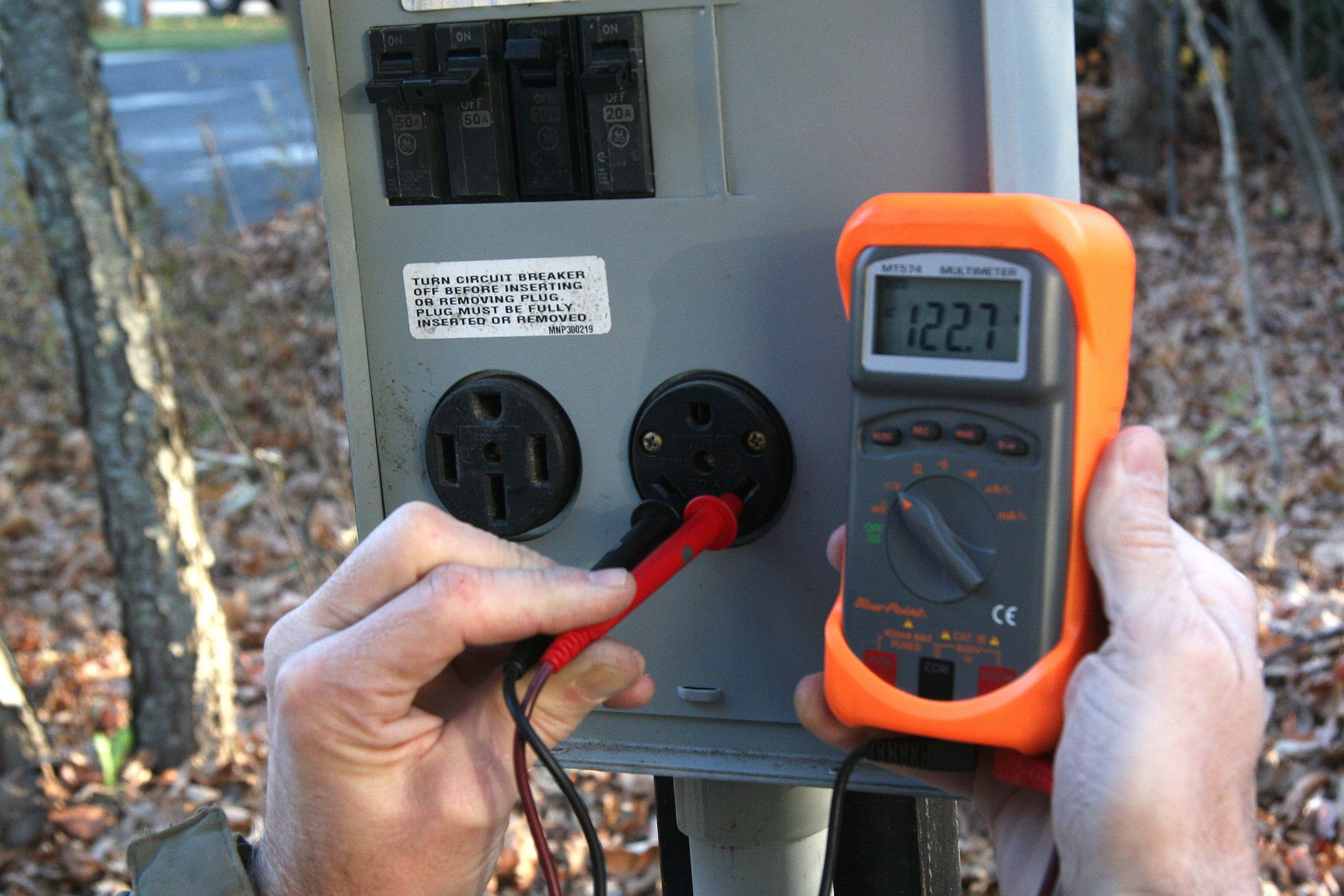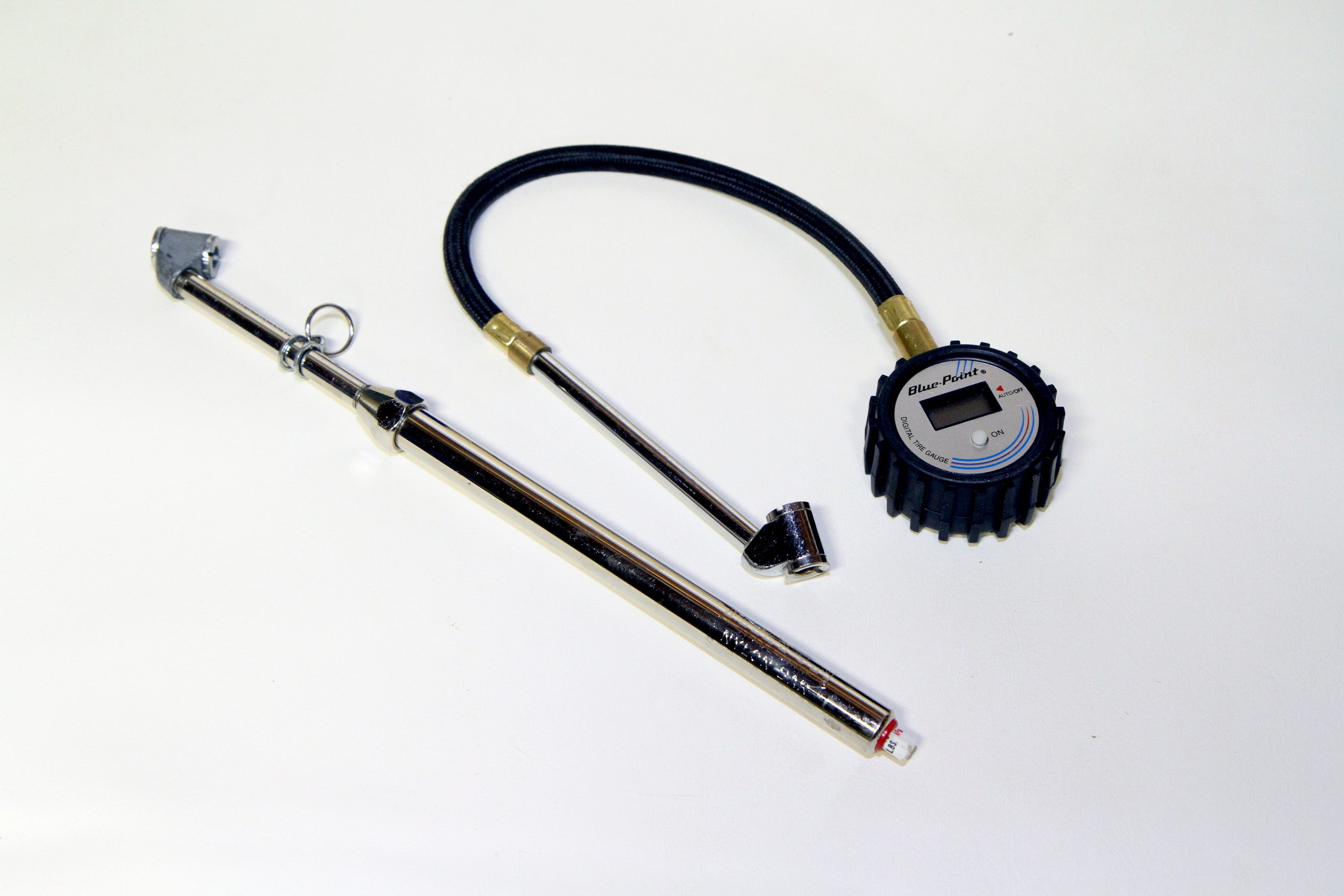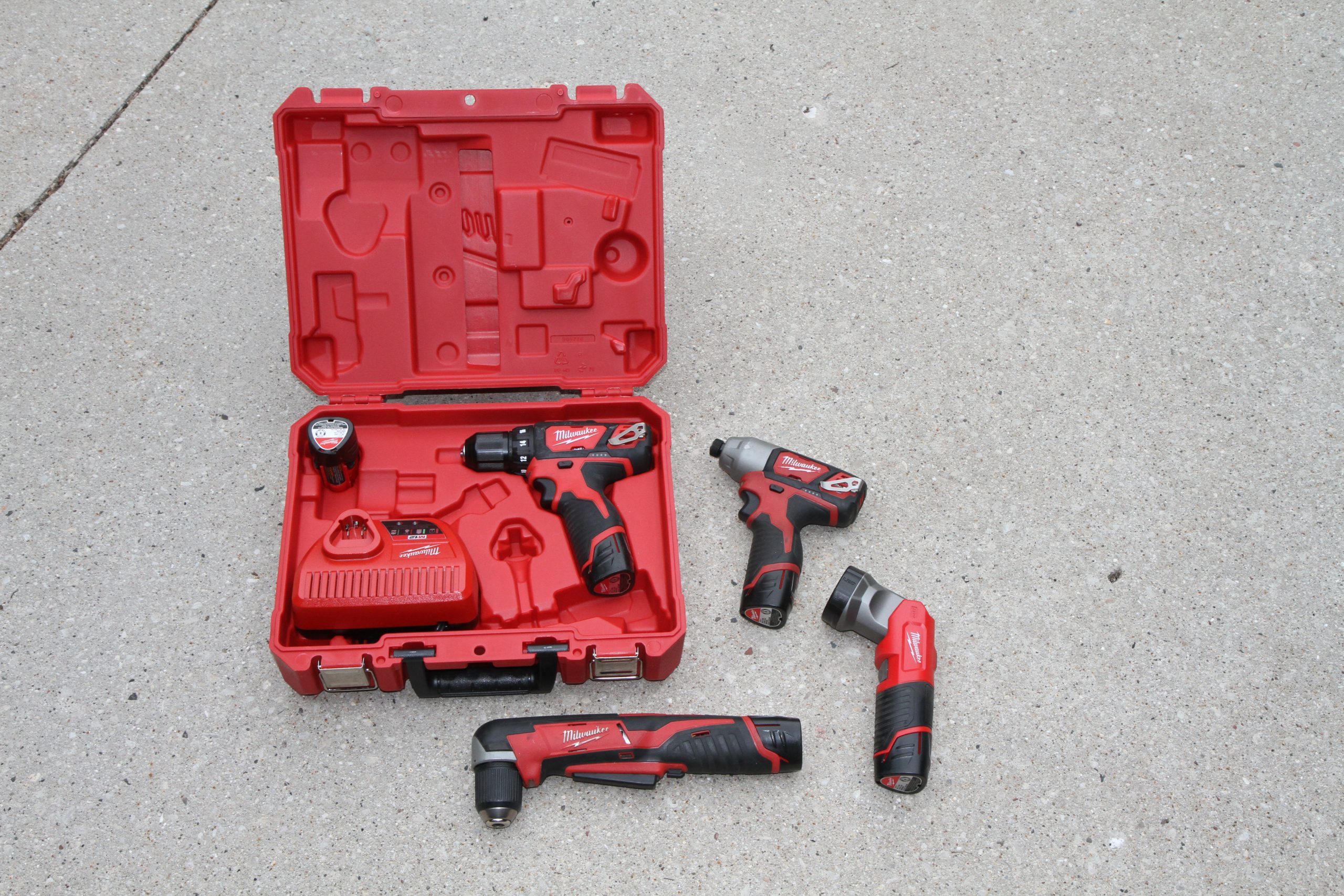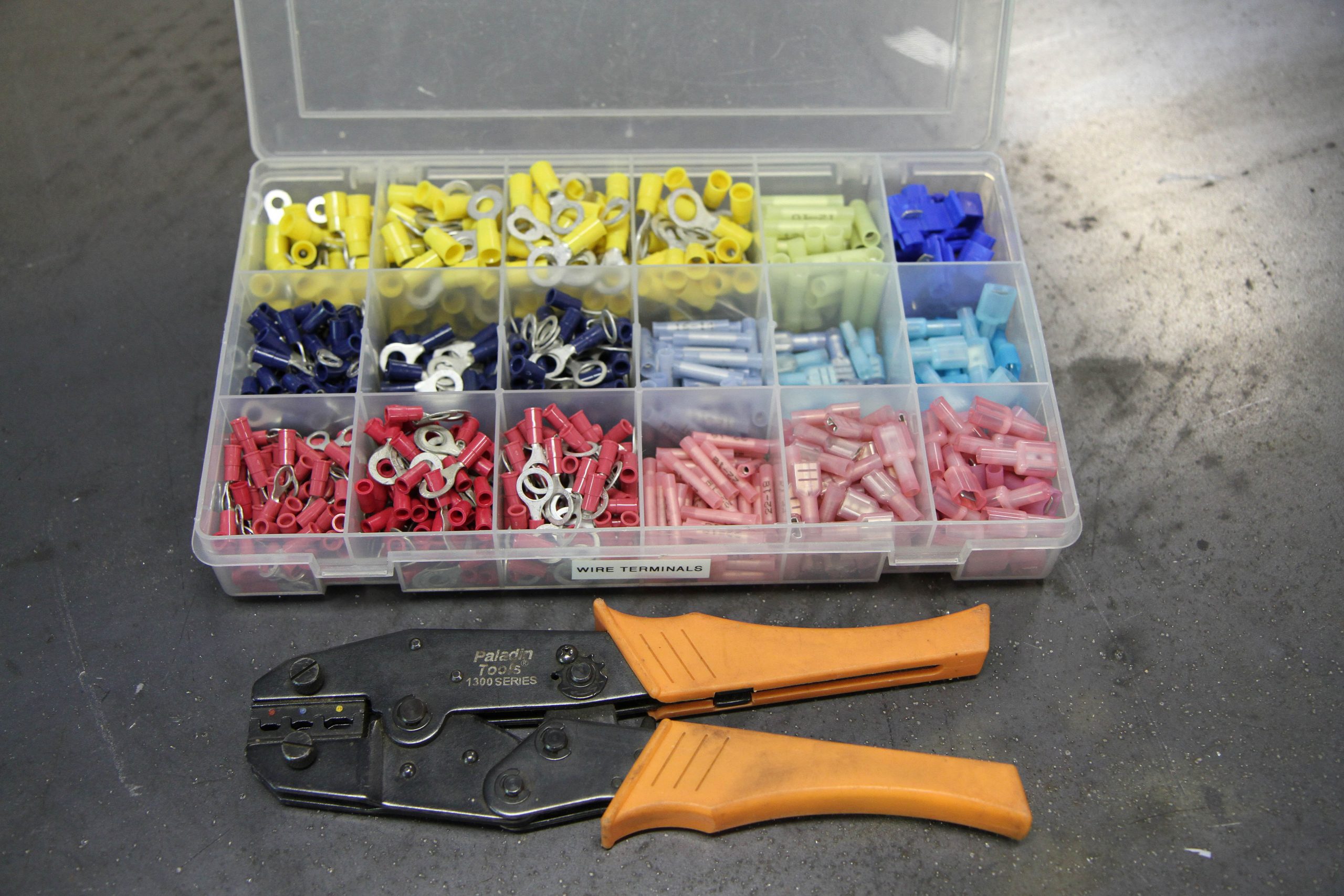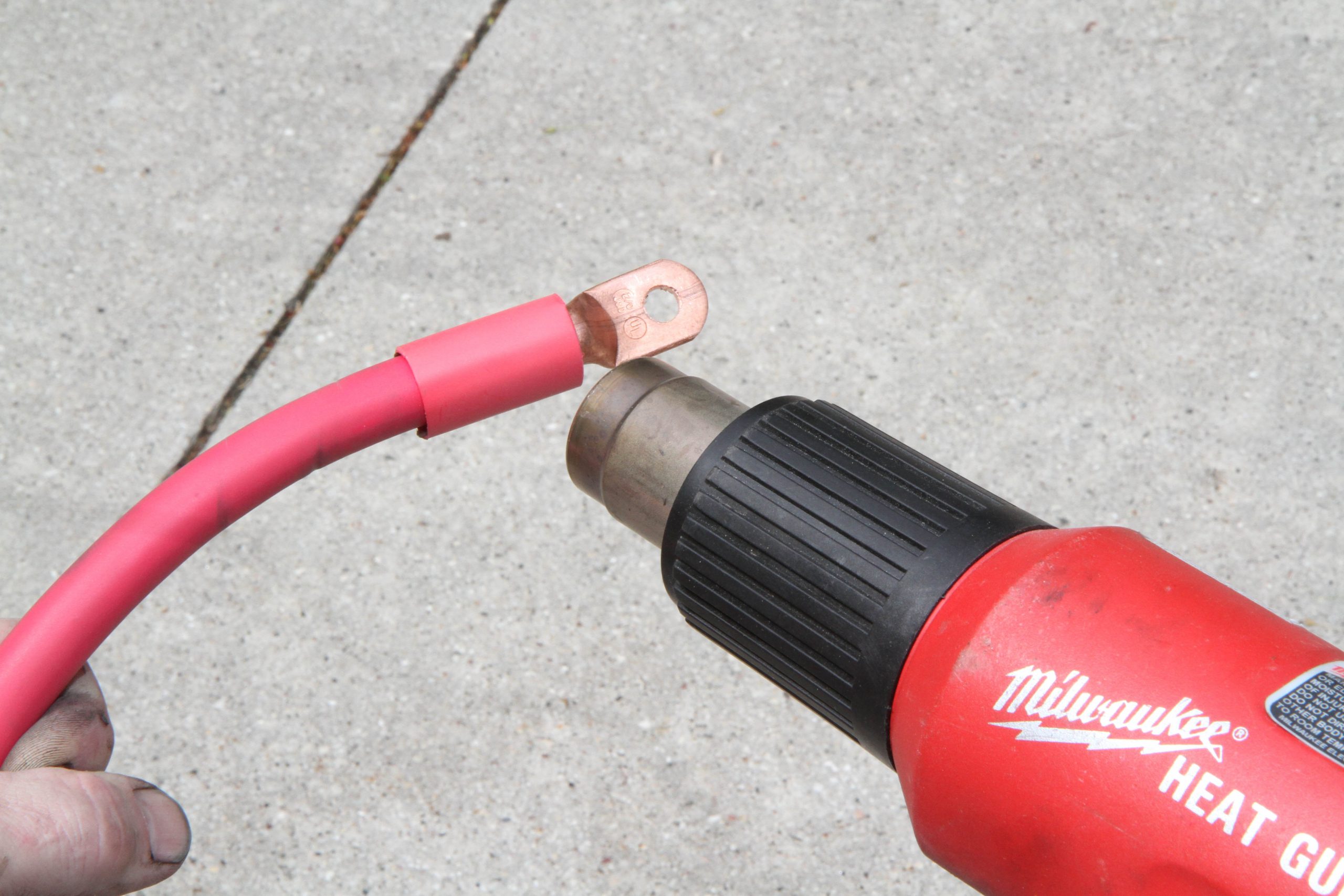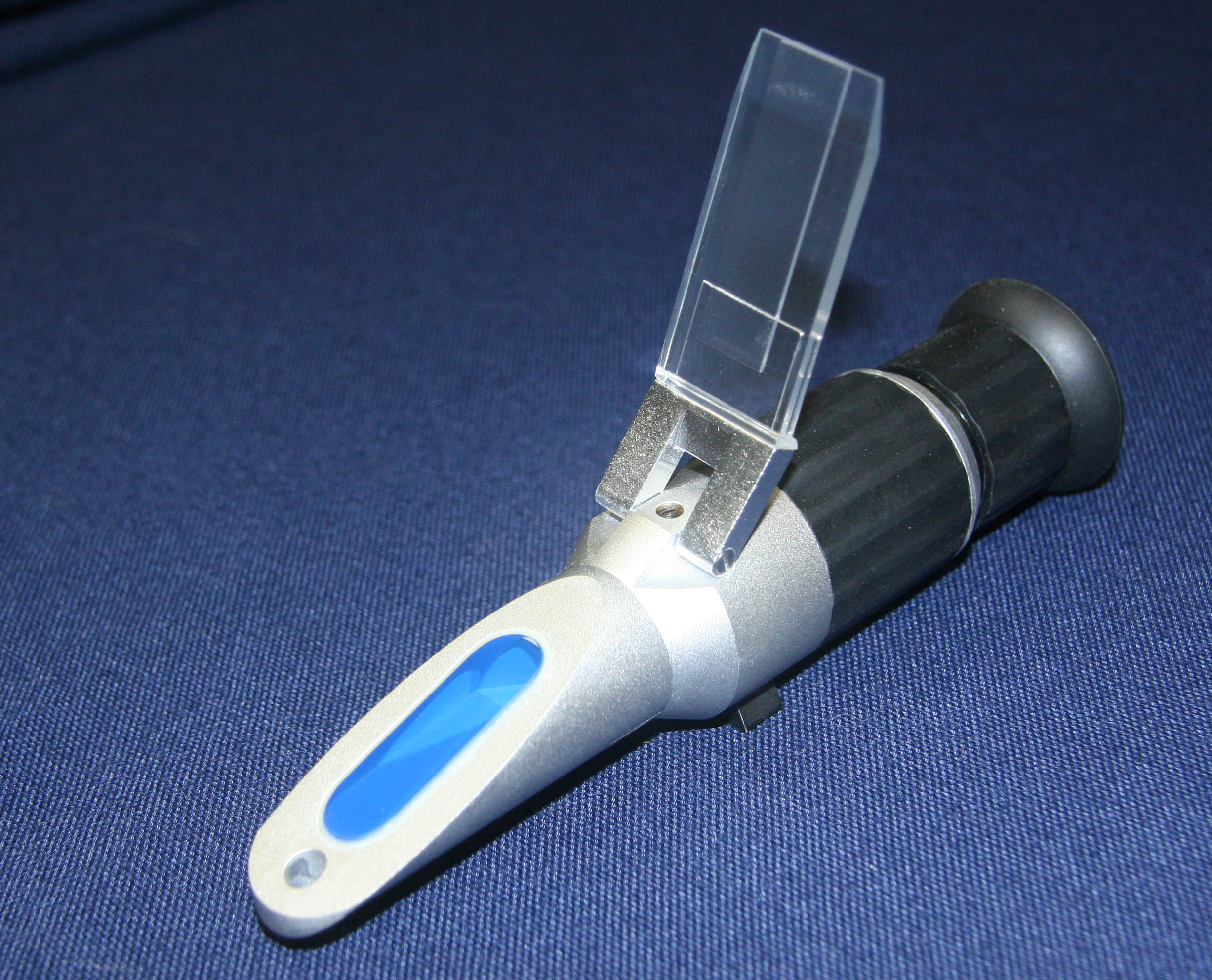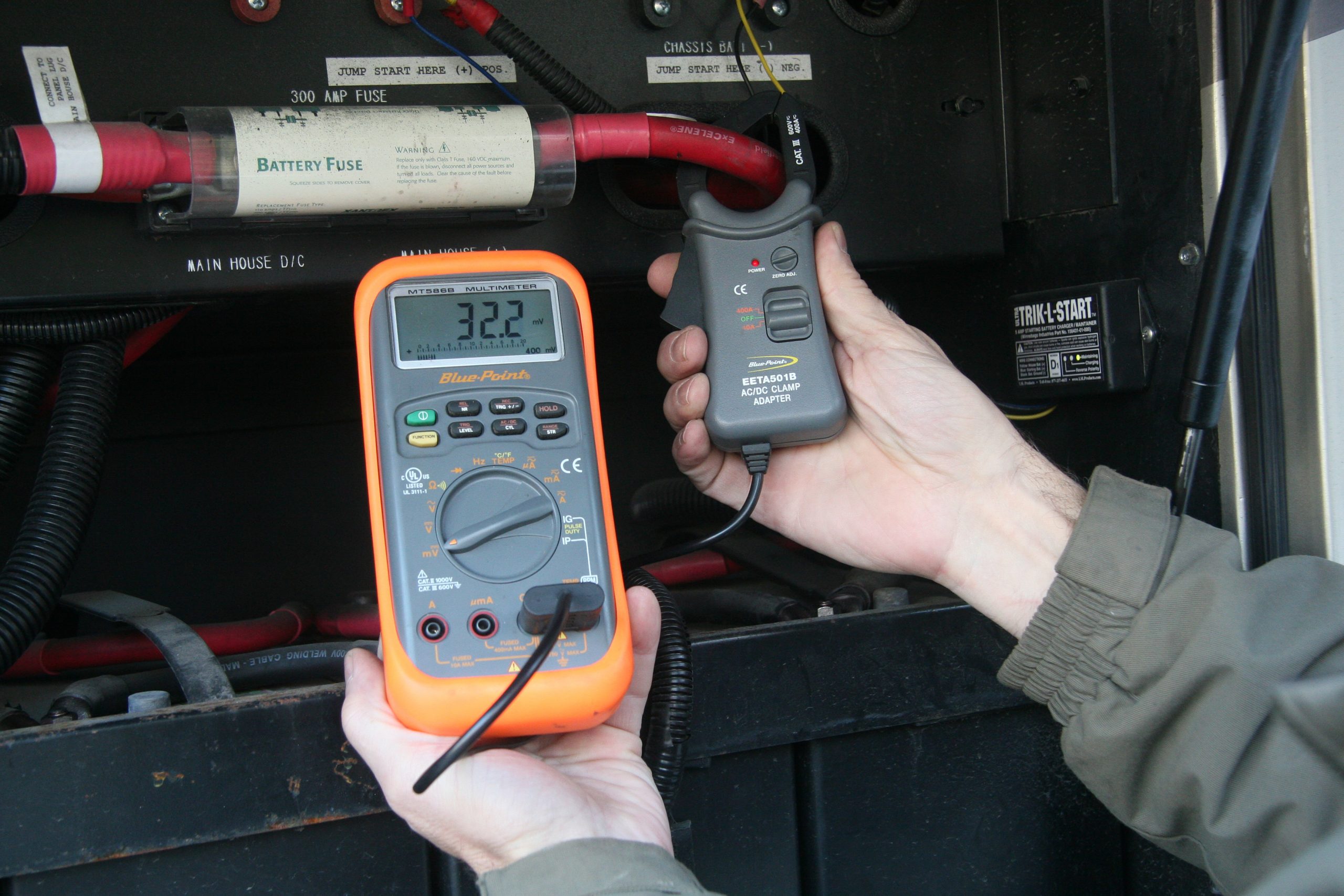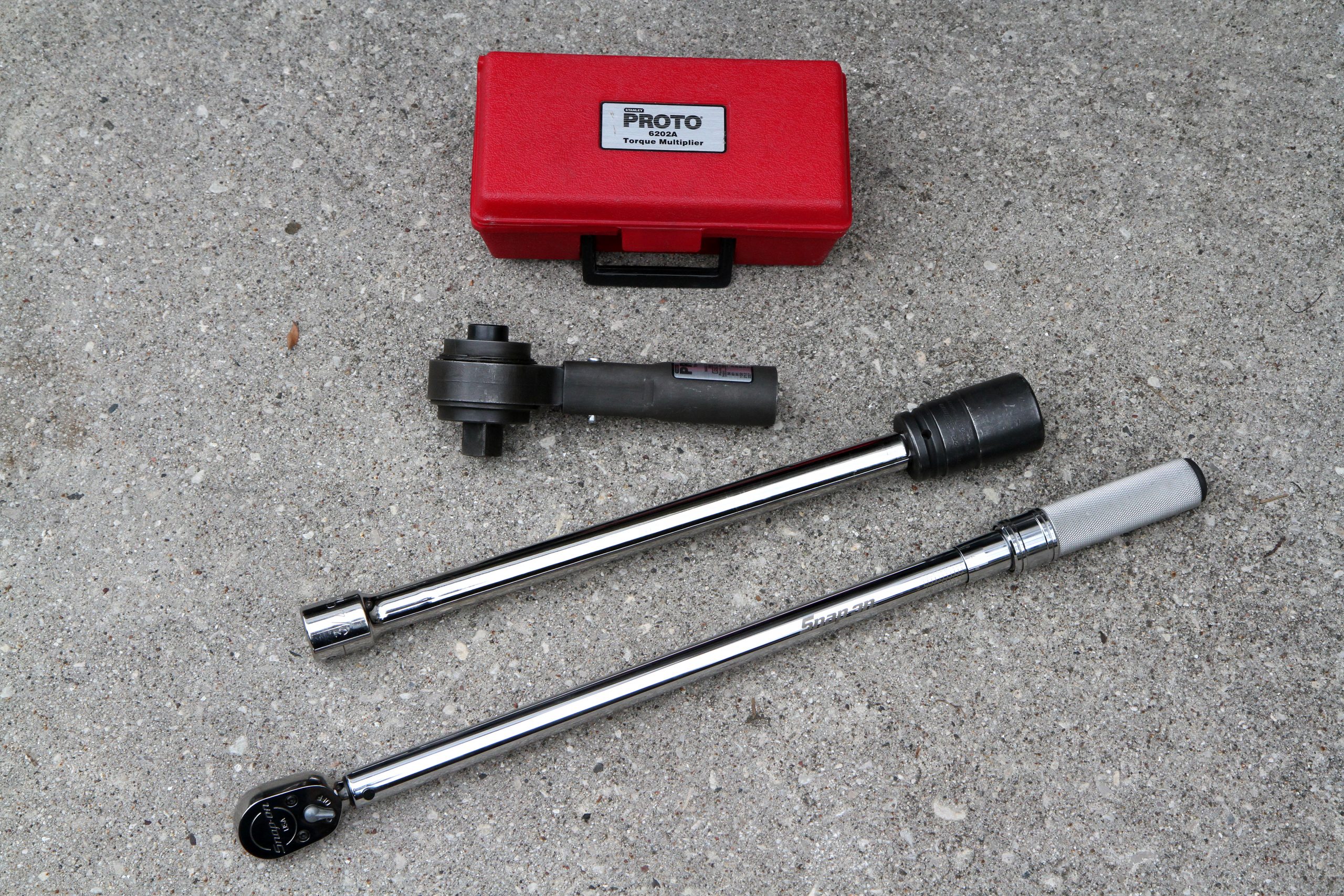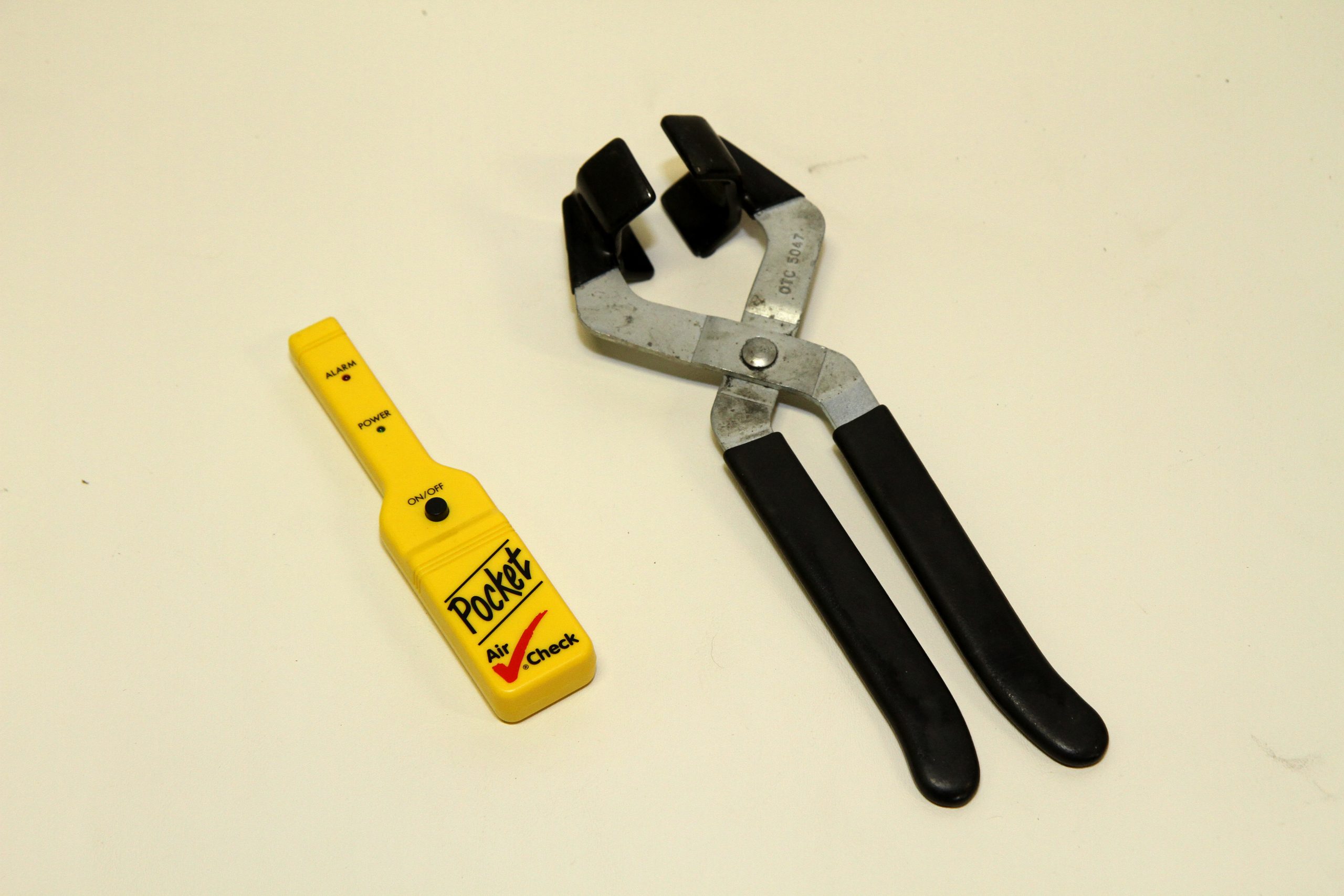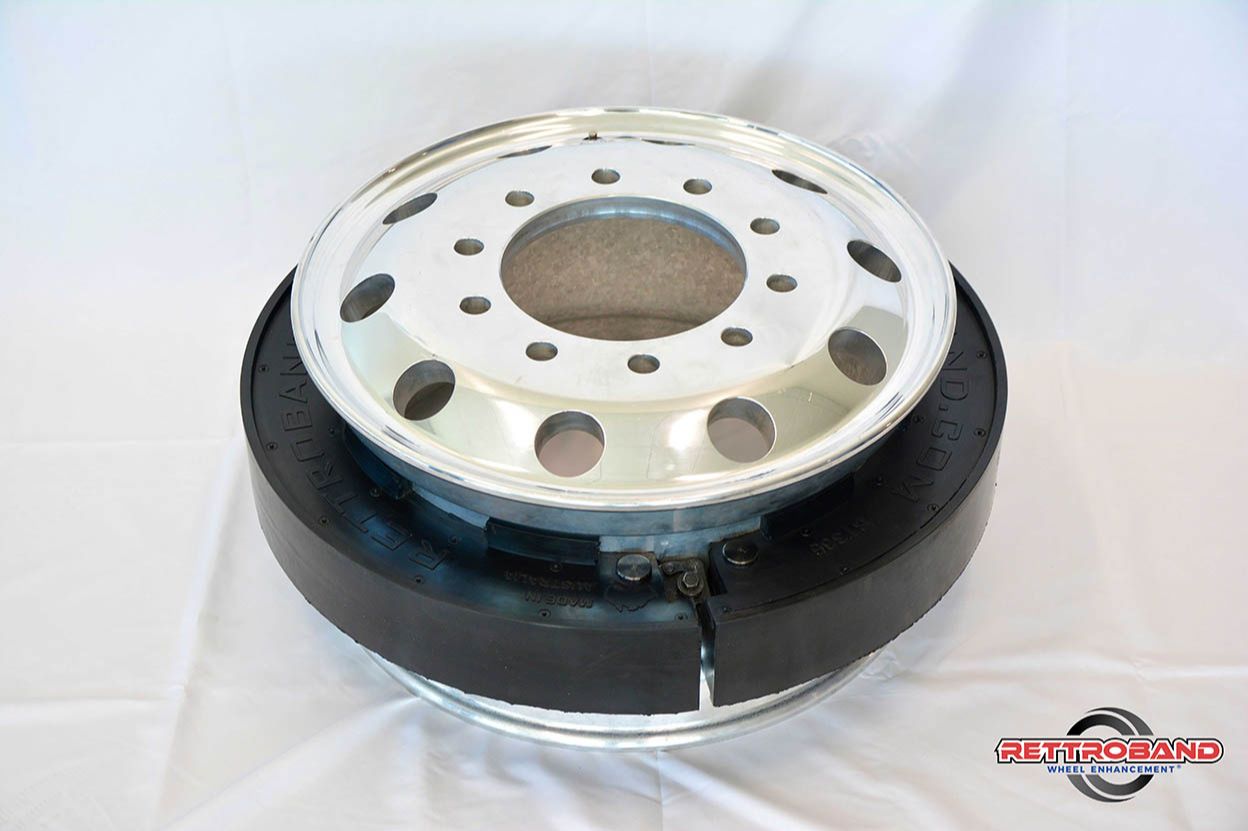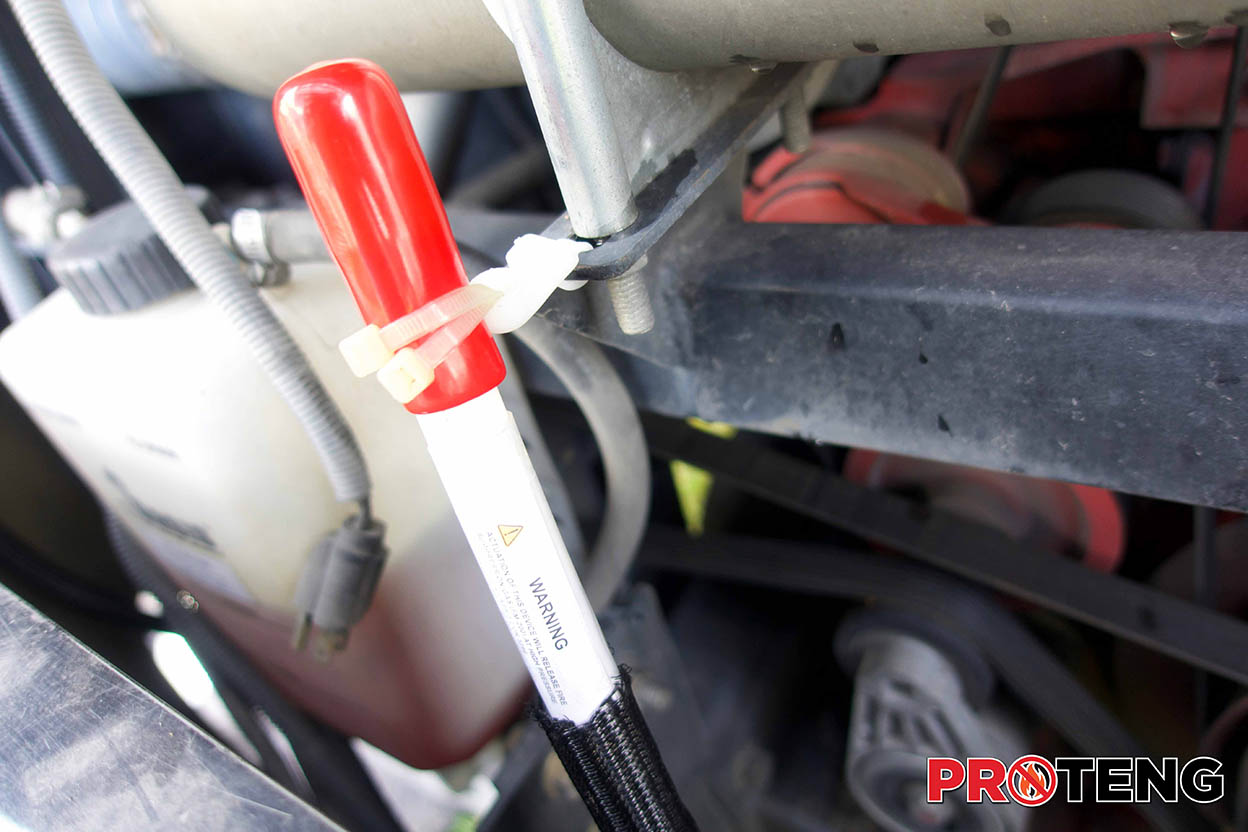NIRVC’s Angie Morell met up with Leigh Tiffin, the President of Tiffin Motorhomes and Bob Tiffin’s grandson, to talk about the Bob Tiffin Limited Edition Bus, 45 BTP. It’s Tiffin’s way of honoring Bob Tiffin and the company he built. In recognition of his 82nd birthday, Tiffin will build only 82 of these specially designed coaches, with 001 making its debut at the Tampa RV Show. This super special Class A motorhome incorporates design elements that reflect Bob Tiffin’s life – his favorite destinations, his love and collection of classic cars and the quality he expects from every coach with his name on it.
The popular PowerGlide® Raised Rail Rear Engine Diesel Chassis was chosen to provide the foundation for this 45’ limited edition. From the front it looks massive, and there are no patterns or markings there other than the TIFFIN lettering above the windshield. The frontal view is magnificent and demands respect. Waterfall was chosen as the exterior color for 001, with a brilliant blue, black and gray pattern flowing along the sides, but it can also be ordered in Cinderwood or Nasa. The pattern moves and lines rise and fall to mimic water and mountains around the coach. The XSP basement provides over 250 cubic feet of storage.
Beside the entry door, a silver plaque on the left proudly proclaims “Bob Tiffin, Limited Edition, Since 1972.” The overall color scheme is called Great Smoky Mountains, which suggests mountains and water, but Bob’s love of the Southwest is also sprinkled in. Both power front seats are plush, Ultrafabrics® Tottori, with Bob’s signature embroidered on the seat back. Cabinets and color options are still specified by the customer.
A rectangular silver plaque by the door proudly proclaims, “Bob Tiffin Limited Edition 001.” The living area is a spacious 440 square feet with slides extended. Once again, the willingness to introduce new features led to Tiffin Motorhomes being only the second manufacturer to introduce slide rooms. A large, mirrored arrowhead accents the upper slide corners on the wood trim, a reference to the Native Americans of the western states. The pillows on the sofa follow that same theme. The sound bar above the TV has a silver trim enclosure with rounded edges, a Packard-inspired design element taken from their windshield. In the middle of the living space, the slide trim element above offers a mirrored almost oval shape with vertical lines. This design incorporates the lines of the classic Packard front grill and is used throughout the coach. When forced to choose, Bob admitted his favorite new element in this entire coach was this Packard grill. Bob also names his cars. Maggie and Mable, two of his extra special Packards, are represented as framed prints in the dining area. This coach is very personal. New Mexico is one of Bob’s favorite places to visit. This theme continues into the bedroom with pillows, arrowhead trim on the slide frame and a headboard created by leather cushioned squares hanging from straps across the back connect. This hanging design is also functional, giving quick access to the emergency exit door behind the bed.
